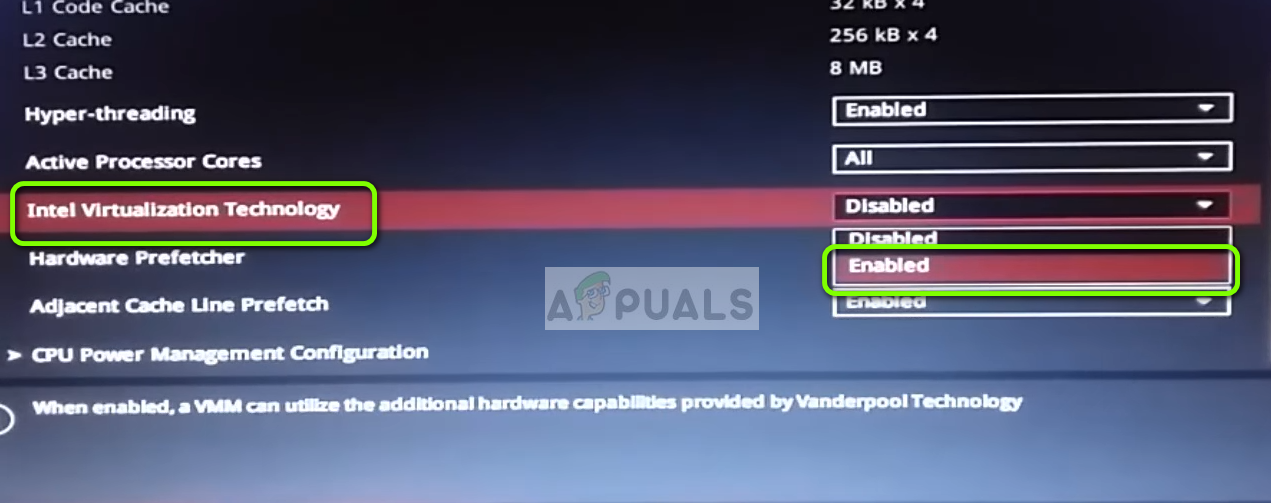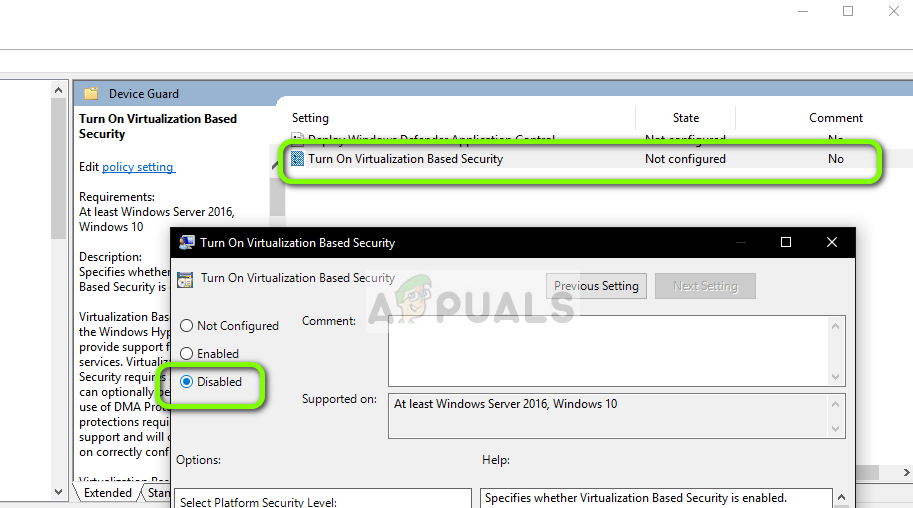The reasons why you might experience this issue are quite diverse and include several different elements. Since a lot of elevated and BIOS level elements are involved during virtualization (Hyper-V, Hypervisor, Hardware security etc.), it might be possible that you have some options not configured properly.
What causes VirtualBox not to show 64 bit Guest Operating Systems in Windows 10?
There are several different reasons ranging from Hyper-V to hardware security for why you cannot see 64-bit guest operating systems on your device. Here are some of the main culprits listed below: Before we start with the solutions, make sure that you are logged in as an administrator on your computer. Furthermore, you should also have a valid guest OS .iso file which will be used to load the guest operating system on your computer. If the file is not valid or of a different kind, you will not see 64-bit operating systems in the options of VirtualBox.
Prerequisite: Making sure you have x64 CPU
To run 64-bit guest operating systems, it is a must that you have an x64 bit supported CPU. There are usually two types of CPUs i.e. 32-bit and 64-bit. If you have a 32-bit CPU, you will not be able to in any way run 64-bit operating systems. Here is a short way how to check your type of CPU.
Solution 1: Enabling Intel Virtualization Technology
Virtual Technology is the architecture in computers which allows users to run more than one operating systems using virtualization where the guest operating system is launched in a sandbox. In a sandbox, the application has limited resources and doesn’t have access to the main computer architecture which lies beyond the sandbox. If this basic setting is disabled, you might experience issues with VirtualBox. Here we will enable it in the BIOS. In the case of ASUS motherboards, follow the following path: Advanced > CPU Configuration > Intel Virtualization Technology The computer will now restart. Upon the restart, you might need to reinstall the VirtualBox application and after loading all the guest operating systems, check if the issue is resolved.
Solution 2: Disabling Microsoft’s Hyper-V
Hyper-V is a tool developed by Microsoft which allows users to create one or more virtual machines. This is done to run different operating systems in Windows. It almost performs the same tasks as of VirtualBox but has difficult options in addition to confusing architecture. We found from the user reports that Hyper-V must be disabled on your Windows for VirtualBox to run properly.
Check if the Computer is Hyper-V Capable
First, we will check your computer is even Hyper-V capable. If the operating system isn’t and it isn’t installed in the first place, you can skip this solution and move to the next.
Disabling Hyper-V
Now if Hyper-V is installed on your computer, we will disable it and restart your computer. This will remove the conflict between Hyper-V and VirtualBox and fix the issue.
Solution 3: Uninstalling Device Guard/Credential Guard
Device Guard is a combination of enterprise-related hardware and software security features that allows a device to only run applications that are properly defined in Windows code integrity policies. It is used as an extra layer of security and is enabled by Default in DELL computers. This option needs to be disabled in order for VirtualBox to display 64-bit guest operating systems on your computer. Credential Guard is meant to be present in only Windows 10 Enterprise Edition so don’t worry if you cannot see it on your version of Windows.
Disabling Device Guard
Disabling Credential Guard
If your computer is Windows 10 Enterprise and also contains Credential Guard, we will try disabling it as well in addition to Device Guard. Follow the instructions below. Delete each of the above keys listed.
Solution 4: Disabling Core Isolation
Core isolation technology enabled Windows to create a secure area of system memory which is totally isolated from the computer’s normal working memory. It helps the running of virtual machines on Windows. In this secure area, the system can run its system processes, security software, etc. without the risk of being interrupted by the core operating system. Sometimes this module causes conflict with Core Isolation. We will disable the Core Isolation and check if this solves the error message.
Solution 5: Uninstalling System Level Debuggers and other VM Platforms
If you other Virtual Machine software installed on your computer, it will not allow VirtualBox to run 64-bit operating systems on your computer. It might even conflict with other functionalities of the application. Here you have to uninstall all other Virtual Machine software and System-level Debuggers (if any) from your computer.
How to Install 32-Bit Software on 64-bit WindowsHow to Check if a File or Program is 32-Bit or 64-Bit on Windows 10?Windows 10 on ARM Will Be Able To Run 32-Bit and 64-Bit Applications With New…Google Following Apple iOS and macOS By Going All 64-Bit For Android And…












